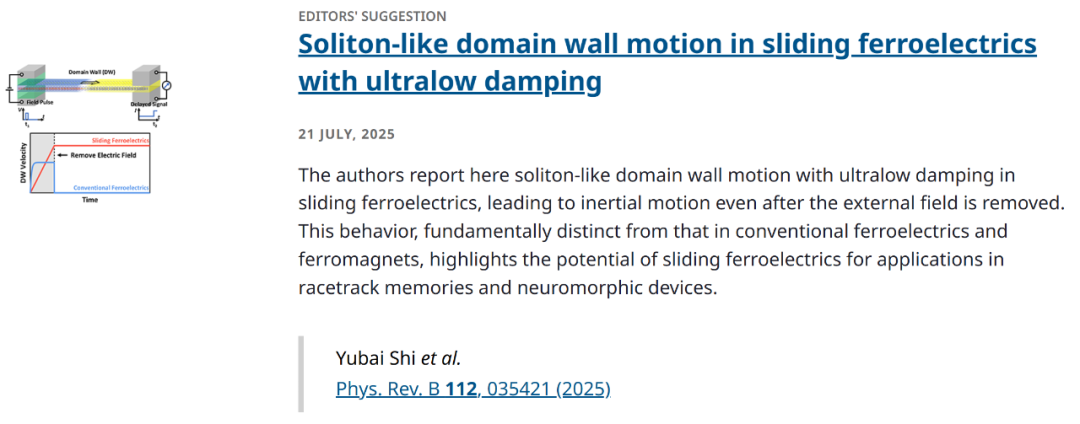What Can DeePMD Do too? | AI Reveals the Secret of “High-Temperature Sweating” on Silicon Surfaces
You may not know this: a silicon wafer that looks perfectly smooth is, at the atomic scale, actually a dynamic stage—silicon atoms pair up into dimers, hydrogen atoms shuttle back and forth, and at high temperatures the surface even “pre-melts,” forming a quasi-liquid layer that resembles sweating. These microscopic behaviors directly affect the quality of chip manufacturing.
Recently, the research team led by Professor Li Pai and Professor Wei Xing from the Shanghai Institute of Microsystem and Information Technology, Chinese Academy of Sciences, published a study in Small. For the first time, they systematically revealed how the Si(001) surface evolves under different temperatures and hydrogen environments, and captured its pre-melting phenomenon before bulk melting occurs. All of this relies on a key tool: Deep Potential (DP).
